Colorado is home to many wild animals, and that includes snakes. While most people might not think of snakes when talking about this state, the dry and open landscapes here make a good home for them.
You can find both venomous and non-venomous snakes in Colorado, each with its own habits and features. Some snakes are shy and harmless, while others should be avoided for safety. Knowing more about snakes in Colorado can help you stay safe and better understand the wildlife around you.
8 Snakes in Colorado
Bullsnake
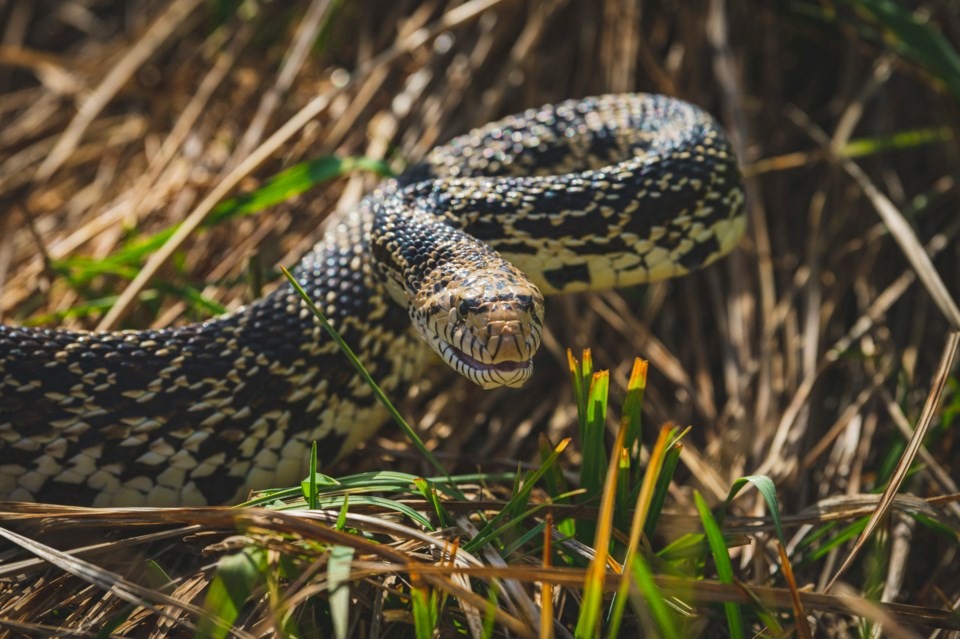
The Bullsnake is one of the largest snakes in Colorado, with some growing up to an impressive 88 inches long. It’s commonly spotted across the state and is known for its bold appearance. These snakes kill their prey by wrapping around them and squeezing tightly. Their diet includes a wide range of animals like rodents, birds, and eggs. Despite their size and strength, Bullsnakes usually stay calm around humans, but it’s still a good idea to admire them from a safe distance.
Ground Snake
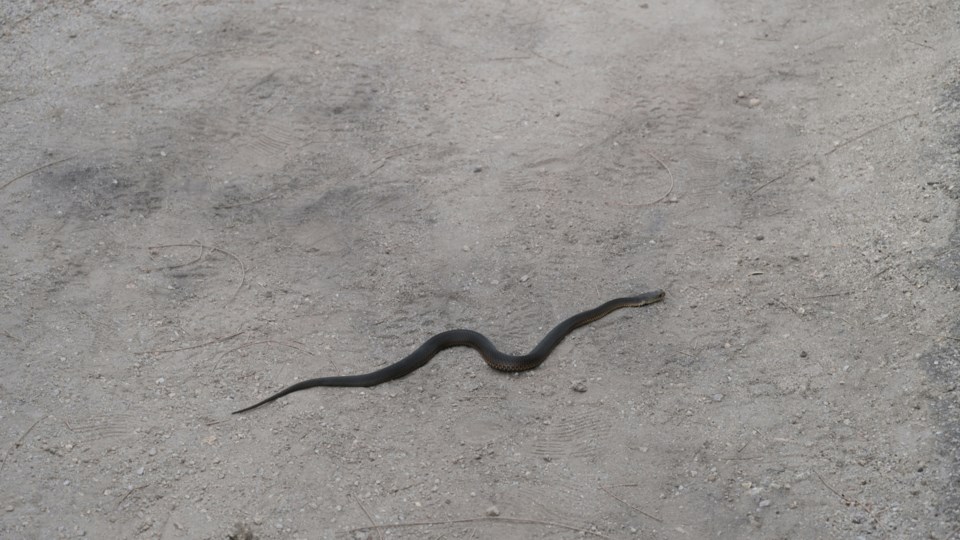
Ground Snakes are small, colorful, and easy to recognize thanks to their red and black stripes. These harmless snakes usually grow just over a foot long and prefer soft, loose soil. You can mostly find them in the southeastern grasslands of Colorado, where they burrow and hunt tiny insects. Because of their small size and quiet nature, they’re often overlooked. But their bright colors make them stand out if you happen to spot one on a warm day.
Rattlesnake

Colorado is home to three kinds of rattlesnakes: the Prairie Rattlesnake, the Massasauga, and the Midget Faded Rattlesnake. These snakes are venomous and should always be avoided if seen in the wild. The Prairie Rattlesnake can grow over 4 feet long and is the largest of the group. Rattlesnakes are often found in rocky canyons, open plains, or sandy spots where food is plentiful. Their warning rattle is their way of telling you to back off, and it’s best to listen.
Coachwhip
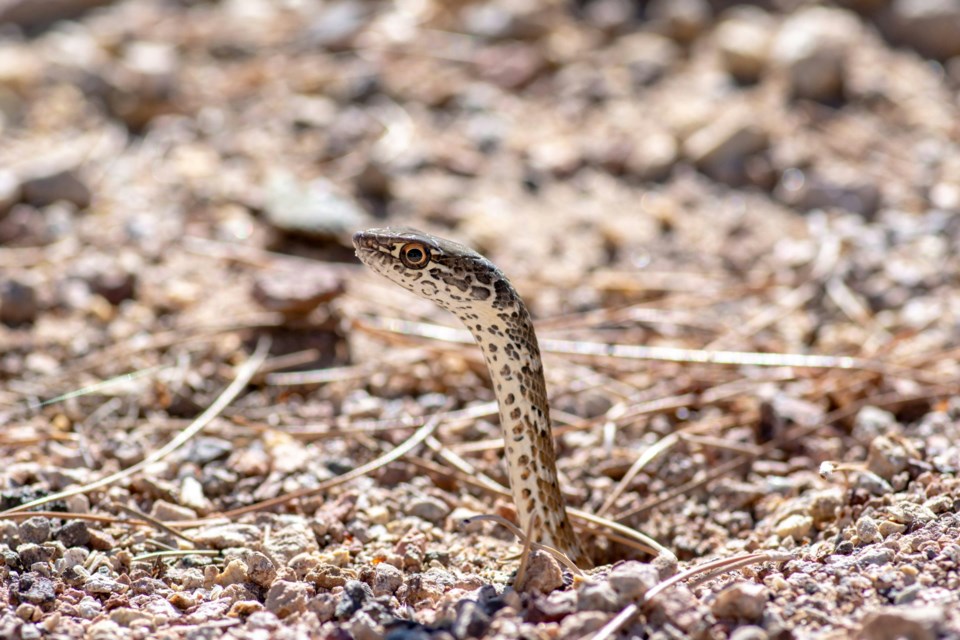
The Coachwhip is a long, fast-moving snake that can reach up to 70 inches in length. It’s known for its quick speed and can often be seen darting across open areas while hunting birds, bats, and small animals. Even though it may look intimidating, it’s completely harmless to humans. Coachwhips rely on their speed to escape danger and catch prey. They’re common in warmer, open spaces across Colorado and are fascinating to watch—if you can keep up.
Western Hognose
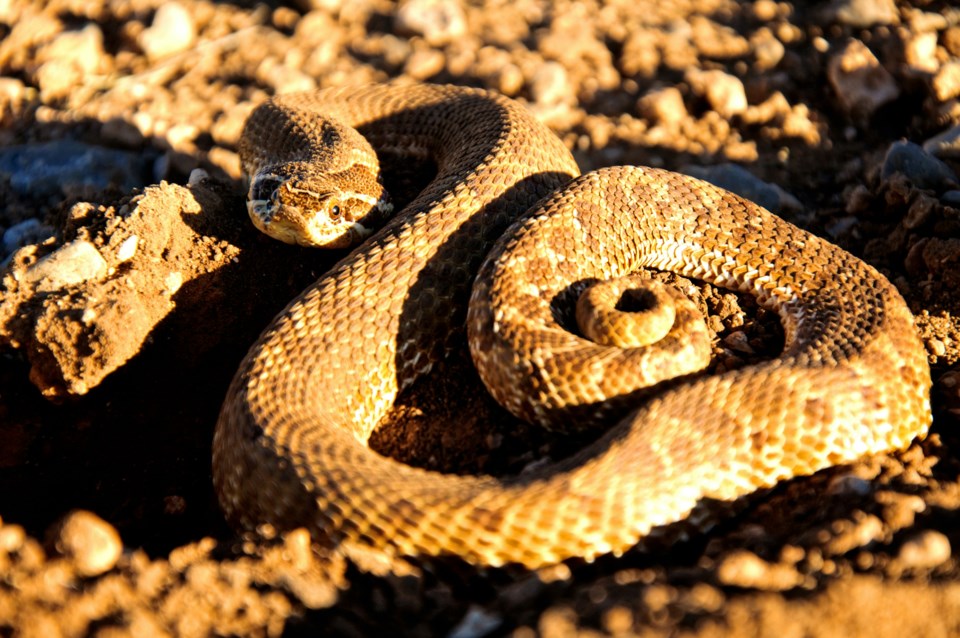
The Western Hognose Snake is easy to recognize by its upturned snout, which looks a lot like a pig’s nose. This nose isn’t just for looks—it helps the snake dig through dirt and sand while hunting for toads and other small prey. It uses mild venom and toxic saliva to catch its meals, though it poses little risk to people. When threatened, it might hiss, puff up, or even play dead to scare off predators. This quirky snake is a unique part of Colorado’s wildlife.
Yellow-Bellied Racer
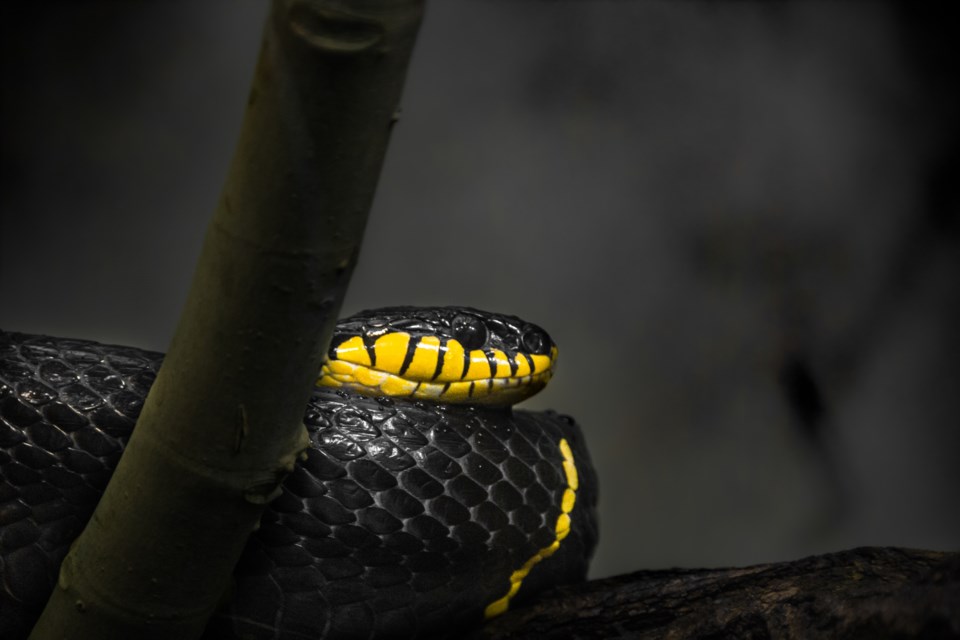
Slim, fast, and sleek, the Yellow-Bellied Racer is a snake that lives up to its name. It has a smooth bluish-gray top and a yellow or cream-colored belly. These snakes can grow up to 55 inches long and are known for their incredible speed. They feed on insects, frogs, and small lizards, and are commonly found in open grasslands across Colorado. While they might dart away quickly if spotted, they aren’t dangerous to humans.
Great Basin Gopher Snake
The Great Basin Gopher Snake is often mistaken for a rattlesnake because of its size and the way it defends itself. It can grow to around 4.5 feet long and is found mostly on Colorado’s western slope. This snake is a strong climber and swimmer, which helps it catch a variety of prey, from rodents to birds. When scared, it may hiss and rattle its tail to mimic a rattlesnake, but it doesn’t have venom. It plays an important role in keeping rodent populations in check.
Ringneck Snake
The Ringneck Snake may be small—about 16 inches long—but it’s full of color and character. It has a dark gray back, a yellow belly, and a bright red underside near the tail. Its name comes from the clear ring marking around its neck. Even though it has small fangs and venom for catching worms and slugs, it’s not a threat to humans. These snakes are shy, active at night, and usually stay hidden under rocks or logs, making them a rare but special find.
Tips for Encountering Snakes in Colorado
1. Stay Calm and Still
If you come across a snake, it’s important to stay calm and avoid sudden movements. Most snakes in Colorado are not aggressive and would rather avoid people. Standing still or slowly stepping back gives the snake a chance to move away on its own. Quick movements might scare the snake and make it act defensively. Always give the snake space and time to leave.
2. Don’t Try to Touch or Catch It
No matter how harmless a snake may look, it's never a good idea to touch or pick it up. Even non-venomous snakes can bite if they feel threatened or cornered. Venomous snakes like rattlesnakes can be especially dangerous if handled. If you see a snake, enjoy the moment from a safe distance. Let wild animals stay wild, and avoid the risk of injury.
3. Watch Where You Step
Snakes often hide in places that are easy to miss—under rocks, in tall grass, or near logs and shrubs. When hiking or walking outdoors, always look ahead and watch your step. Wearing boots and long pants can also help protect your legs from accidental bites. Staying on marked trails makes it easier to see where you're going and spot snakes ahead of time.
4. Learn to Identify Venomous Species
Colorado is home to several venomous snakes, with the Prairie Rattlesnake being the most common. Learning what these snakes look like can help you stay safe and avoid risky encounters. Rattlesnakes often have triangular heads, thick bodies, and a rattle at the tip of their tails. Knowing the difference between venomous and non-venomous snakes can give you peace of mind while exploring nature.
5. Keep Pets Close
Dogs and other pets might get curious and go after a snake without knowing the danger. Snake bites can be harmful or even deadly to animals. When walking your dog in areas where snakes might be present, keep them on a leash and stay on clear paths. This not only protects your pet but also helps prevent the snake from feeling threatened.
Conclusion
Snakes in Colorado play an important role in the local ecosystem, helping control pests and keeping nature balanced. While some can be dangerous, most are harmless and want to avoid humans.
\Knowing which snakes live in the state and how to safely react when you see one can make your outdoor adventures safer and more enjoyable. By staying alert and respecting their space, you can peacefully share the trails with the many snakes in Colorado.


